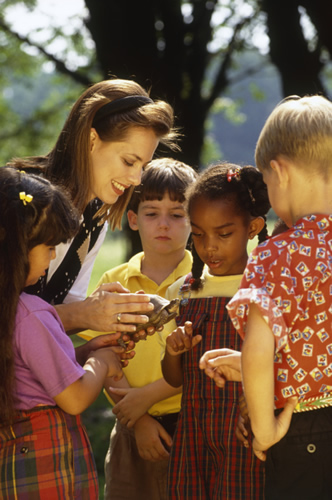-
The Responsive ClassroomThe foundation of Miss Almeida's classroom!An approach to teaching that emphasizes social, emotional, and academic growth in a safe environment."Children need to think that you care before they care what you think!"

Guiding PrinciplesSeven principles that guide the Responsive Classroom approach:- The social curriculum is as important as the academic curriculum.
- How children learn is as important as what they learn: Process and content go hand in hand.
- The greatest cognitive growth occurs through social interaction.
- To be successful academically and socially, children need a set of social skills: cooperation, assertion, responsibility, empathy, and self-control.
- Knowing the children we teach-individually, culturally, and developmentally-is as important as knowing the content we teach.
- Knowing the families of the children we teach and working with them as partners is essential to children's education.
- How the adults at school work together is as important as their individual competence: Lasting change begins with the adult community.
Classroom Practices
At the heart of the Responsive Classroom approach are ten classroom practices:Morning Meeting - gathering as a whole class each morning to greet one another, share news, and warm up for the day ahead
Rule Creation - helping students create classroom rules to ensure an environment that allows all class members to meet their learning goals
Interactive Modeling - teaching children to notice and internalize expected behaviors through a unique modeling technique
Positive Teacher Language - using words and tone as a tool to promote children's active learning, sense of community, and self-discipline
Logical Consequences - responding to misbehavior in a way that allows children to fix and learn from their mistakes while preserving their dignity
Guided Discovery - introducing classroom materials using a format that encourages independence, creativity, and responsibility
Academic Choice - increasing student learning by allowing students teacher-structured choices in their work
Classroom Organization - setting up the physical room in ways that encourage students' independence, cooperation, and productivity
Working with Families - creating avenues for hearing parents' insights and helping them understand the school's teaching approaches
Collaborative Problem Solving - using conferencing, role playing, and other strategies to resolve problems with students
http://www.responsiveclassroom.org/about/aboutrc.html
- The social curriculum is as important as the academic curriculum.

